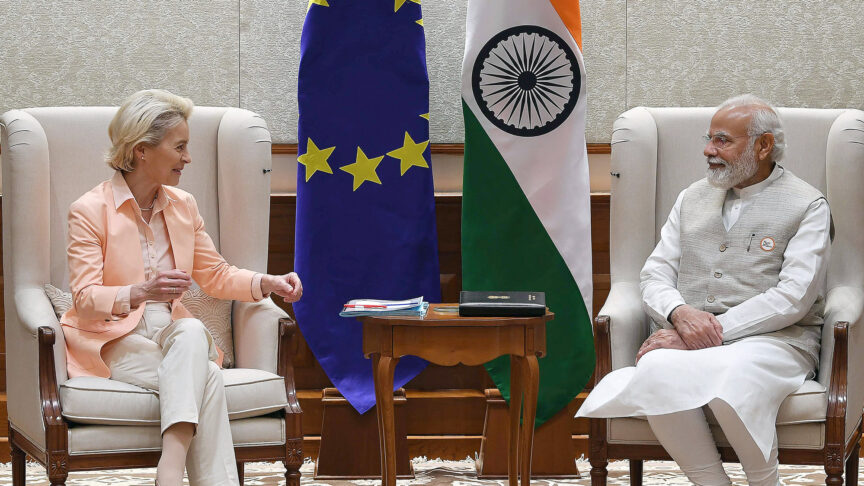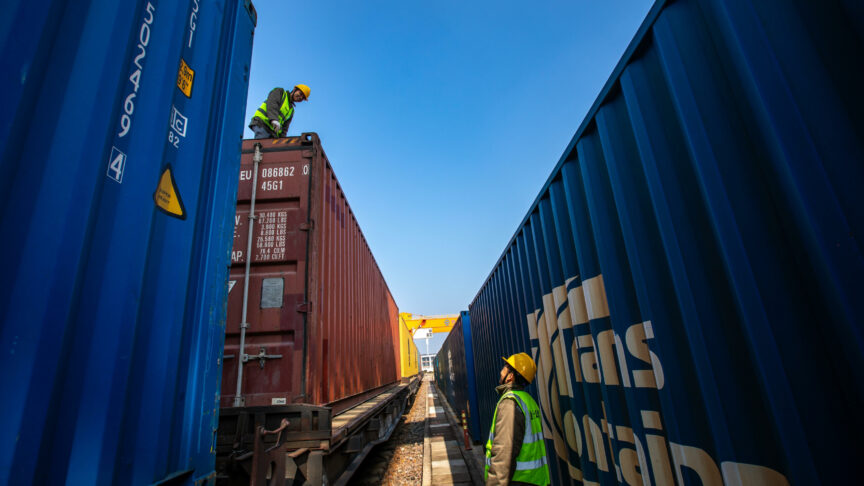China Analysis: The new Great Game in Central Asia
China’s pursuit of influence – and fuel – in the Central Asian states
China has set its sights on Central Asia, triggering a new Great Game in a region where Europe, Russia and the US have all long sought influence.
As the five Central Asian states become increasingly important as a source of oil and gas, a market for consumer goods and as the core of the strategically-important Shanghai Cooperation Organization, China is now “clearly confident it can reorient Central Asia towards Beijing” and away from the world’s other major powers.
China Analysis: The new Great Game in Central Asia, published today by the European Council on Foreign Relations and Asia Centre, explores these issues by analysing the evolving debates among experts within China itself. The authors argue that the EU should closely watch Chinese policy in Central Asia – the region is becoming “almost a laboratory for Chinese foreign policy.”
Key themes that emerge include:
- China increasingly sees the five states of central Asia – Kazakhstan, Uzbekistan, Kyrgyzstan, Tajikistan and Turkmenistan – as an important destination for investment and aid that could in turn leverage influence.It is positioning itself as a “good neighbour” to the region: Hu Jintao has made three trips there since 2009.
- Beijing also sees the region as a source of fuel that could reduce Beijing’s risky dependence on maritime routes. Chinese analysts predict that Central Asia will be central in the “battle for resources” between the major powers.
- The SCO is seen in China as a hedge against Western demands; some analysts hope it will become a quasi-military alliance that could veto a UN-based intervention in the region and carry out its own security actions, including against future terrorist threats.
- China wants the Central Asian states to take a more active part in its fight against Uighur separatist movements
Key facts:
- China overtook Europe as Central Asia’s principal trading partner in 2010, doing €23 billion of trade with the region’s five states compared with Europe’s €21bn
- Over 10 percent of China’s oil and gas imports now come from Central Asia
- Current members of the SCO are China, Russia, Kazakhstan, Kyrgyzstan, Tajikistan, and Uzbekistan: some Chinese analysts hope that both India and Pakistan will join in the medium-term
The European Council on Foreign Relations does not take collective positions. ECFR publications only represent the views of their individual authors.


